- Learning time
- 40 minutes
- First play time
- 120 minutes
Airship City
Designed by: Masaki Suga
In Airship City each player starts out with two airships of their colour, and the goal is to build more. More of your own airships will give you more to do in the game, and more airships for the city rewards you will in-game bonuses, gold, and points come the end of the game. As you play, you move your airships around the tiles that make up the titular city. But as this city is in the air, the tiles also move as well!
The sixteen city tiles are laid in a 4×4 grid randomly, with all airships starting in the harbour. In each of the game’s twenty rounds, you’ll move your airships from the tile they currently sit on to an adjacent one, and take the action associated with it. Broadly speaking, the actions are about collecting resources from some tiles (wood, metal, steam) and then arriving in other tiles (such as the shipyard, workshop and guild hall) to turn them into public airships, new buildings for the city or extra airships for yourself. That’s pretty straightforward, but there’s an extra resource as well: gold. This isn’t gathered but earned by either selling a newly-minted airship to the public, or completing contracts, which – having taken the contract by visiting the market tile) is a free action to complete – usually a simple matter of paying your various earned resources back to the bank. All of your resources are tracked on your own player board.
Instead of selling a ship for gold, however, you can donate it to the city instead, rewarding yourself a point and putting a marker on the construction board to show your contribution. During play, these markers make certain actions cheaper for you, and having two markers on a basic airship then allows you to donate towards the bigger, more rewarding airships. Having three such markers gives you a bonus tile: these are very helpful, allowing you ongoing benefits for the rest of the game such as more freedom of movement in the city or treating all of your resources as ‘wilds’.
There are ta few key things to bear in mind as you play. One is that during your turn you can pay one steam to move a row or column of tiles one space: the tile that’s pushed out of the city is moved over the other side, filling the empty space. Using this ability – as long as you have the steam to spare – can be extremely helpful in keeping your turns productive: a second thing to bear in mind is that your airships never occupy the same space: instead, they will pass by each other and on to the next tile. Keeping your airships reasonably close to each other can be helpful! Airships can share tiles with other players however, and this can actually be beneficial if your airship is present when another arrives: you get a piggybacking bonus merely for being there! And finally during play – for reasons we won’t explain here – some of the city tiles will flip over to their more colourful, rewarding side.
The guru's verdict
-
Take That!
Take That!
No direct interaction but both the tile-movement and majorities offer passive aggression.
-
Fidget Factor!
Fidget Factor!
Very high on that first play, dropping to a more moderate-to-high with familiarity
-
Brain Burn!
Brain Burn!
Plenty - from tactical opportunities in the city to long-term strategies of public versus private airships, donating versus selling, contracts, majorities, and so on
-
Again Again!
Again Again!
If you like what Airship City offers it will be a cold day in hell before the game feels 'solved' - the random set-up of the tiles is enough to change each game distinctly and that's before you get into the four resources and the many opportunities as to what you do with them

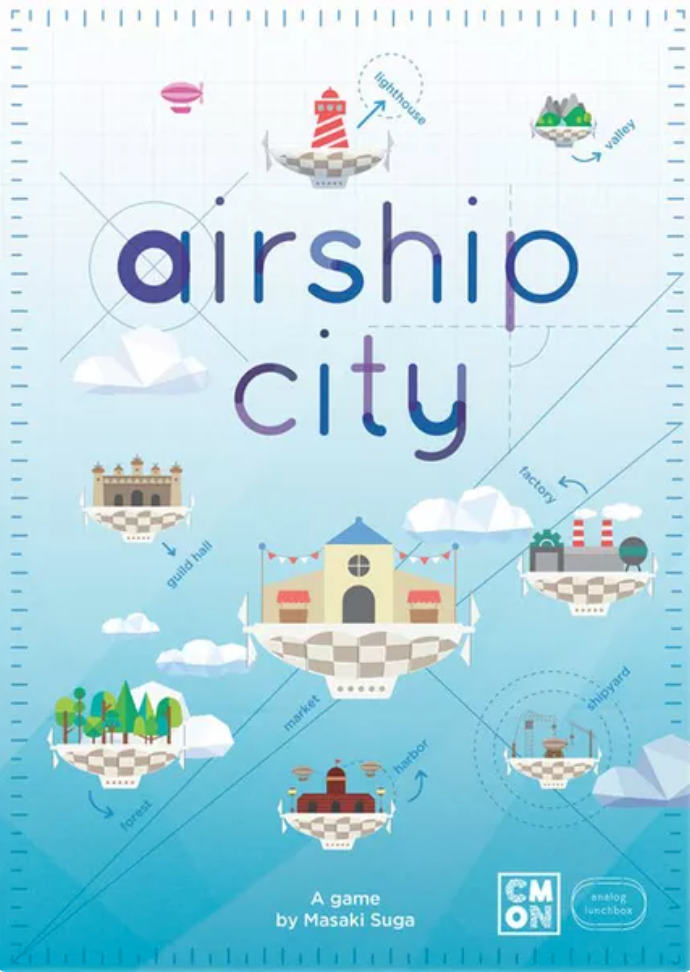
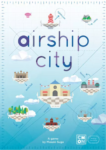
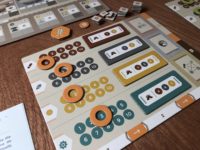
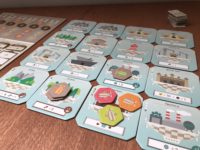
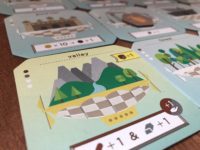

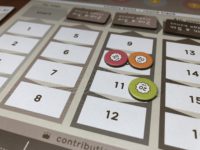






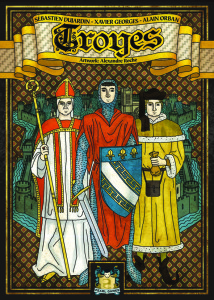
Sam says
That's just a brief overview of the things going on in Airship City, which is a bit of a cognitive juggle but admittedly an engaging puzzle once you've understood the different things going on. If the overview seems to simply repeat the word airship a hundred times, don't worry, things do become clearer on that first play and what I like about the game - as well as the aesthetic style - is the fact it feels competitive even though the players are basically playing their own overlapping games rather than interacting directly with each other. Tile movements can be fantastic, they can also be really bad for you, particularly if you can't afford the steam needed to put them how you wanted them. It's fun of a very specific kind; a type of cognitive challenge over the dice-rolling, card-flipping, more interactive dynamic other games offer. Abstract games often compensate for a lack of theme by offering drama, escalation, or something else, but Airship City seems to pitching itself for a sort of leisurely-paced brain-burner. I did find it quite long and cyclical, but appreciate there will be some who love what it offers.